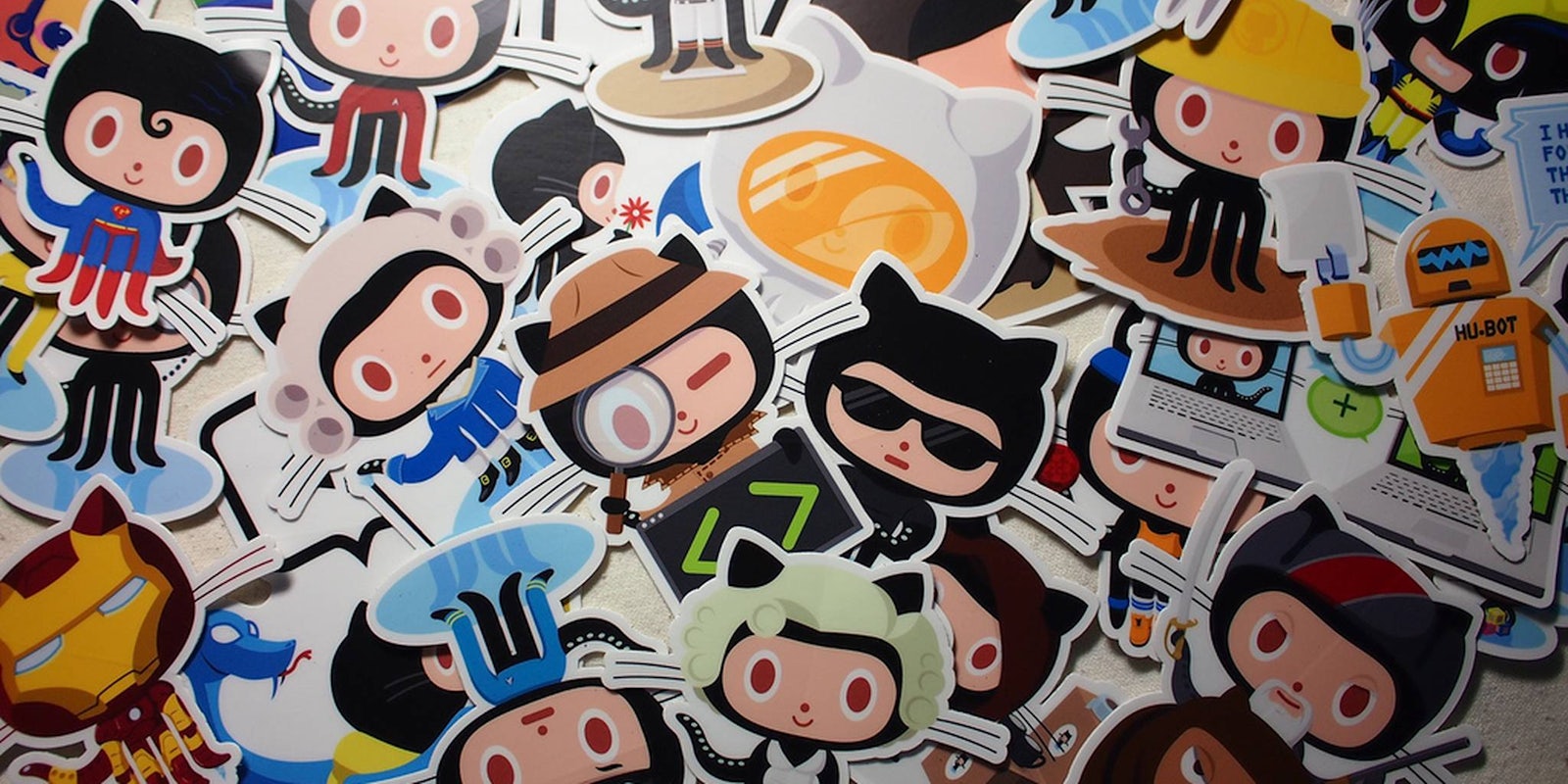GitHub, the platform for collaborative coding, is becoming more transparent about diversity. The San Francisco-based company joins the growing number of startups and tech giants revealing the gender, racial, and ethnic makeup of their companies in an effort to make the tech industry more diverse.
Over the last two years, GitHub doubled its ranks to 576 employees, and the company has improved its diversity as it grows. At present, GitHub is 64 percent men, and in the U.S., 64 percent white; in technical roles, those numbers are 78 percent men and 67 percent white.
In a release, GitHub compared its diversity numbers from May 2016 to December 2014, when it was 79 percent men and 67 percent white. The company increased the number of Black or African-American employees from less than one percent to two percent, and Hispanic or Latino employees increased from three percent to seven percent.
Leading the company’s diversity and inclusion efforts is Nicole Sanchez, vice president of social impact at GitHub. She’s been with the company full-time for one year, but began consulting in 2014. I spoke with Sanchez earlier this year about the work being done inside and outside GitHub to empower and hire more people from underrepresented groups.
“Part of why I came to GitHub was because I felt like being at the center of the universe for developers was a way to influence both tech culture as well as what gets built down the line,” Sanchez said.
One of the main focuses of GitHub’s efforts is to encourage employees to be themselves at work, and feel confident and safe representing different identities in the the workplace. It’s not just about improving diversity, but committing to inclusion. Building a diverse company doesn’t end with hiring; companies must also create and maintain a workplace culture that is safe, empowering, and makes people want to stay.
In its diversity release, GitHub also briefly mentioned intersectional gender identities, noting one percent of employees identify as genderqueer, transgender, or nonbinary. Age, too, was included in the demographic makeup. The average age of a GitHub employee is 34, and 40 percent of employees are parents or step-parents.
Such efforts weren’t always a point of focus for the company. In 2014, GitHub was the epitome of white tech bro culture, right down to its “meritocracy rug.”
GitHub’s first female developer, Julie-Ann Horvath, accused the company of harassment and very publicly exited, citing instances of sexism and bullying in the workplace that led to her departure. In the wake of the accusations, cofounder Tom Preston-Werner left the company despite GitHub refuting Horvath’s claims, and cofounder and current CEO Chris Wanstrath promised to improve the culture.
Now, each GitHub employee must go through diversity training programs led by Sanchez.
“Every single person on our staff right now goes through several trainings around diversity and inclusion, including a day-long training with me,” she said. “What diversity is, what inclusion looks like at GitHub, where it’s working well, where it’s not working, and establish that it’s not going to come from a single office or a single person or just HR, or just the social impact team. We all have a role in recruiting and retaining diverse talent, and building inclusive culture.”
Sanchez said hiring managers are trained to interview and screen candidates more effectively, including figuring out whether they demonstrate a willingness to engage in diversity and inclusion work and the problems that the tech sector has with underrepresentation.
“The idea that inclusion includes tolerating people who don’t tolerate other people is out. We’re not going to mess around with that,” she said. “By establishing that up front, there’s a lot less wiggle room later on for people to say, ‘Well you have to tolerate my intolerance.’ I think that’s something a lot of people appreciate, even though intellectually it’s interesting to wrestle with.”
Often tech companies focus on “culture fit,” when determining whether an employee should be hired. Sanchez said such thinking is flawed, and that sometimes companies should want to hire people who bring creative tension to their teams. Two major ways GitHub has increased its diverse hiring is by not requiring a specific educational background and relying on current employees to communicate with their social and professional circles that the company is committed to improving diversity—not just in its ranks, but in the tech community overall.
To that end, Sanchez works on highlighting projects on the GitHub platform that amplify the work of underrepresented developers. GitHub is one of the most popular tools for developers, but its platform isn’t always so welcoming. One recent study found that while code written by women was merged–the process by which the code is approved by other members–more often than men, merge rates dropped significantly once the user was identified as a woman.
The social impact team at GitHub highlights projects from underrepresented developers that are using open source to solve societal problems, and encourages others on the platform to contribute time, resources, or skills to the projects. Apps include Refuge Restrooms that maps safe bathrooms for transgender, intersex, and gender nonconforming individuals, and the Humanitarian Open Street Map, a resource for relief organizations responding to disasters.
GitHub, like most organizations who have released diversity data, still has a lot of work to do. For instance, there are no African American employees in leadership positions at the company.
As GitHub continues to work on improving diversity and inclusion, it will release annual reports to transparently track its progress. The company also plans to publish an open source repository with slide decks, trainings, and research around the work that’s being done.


